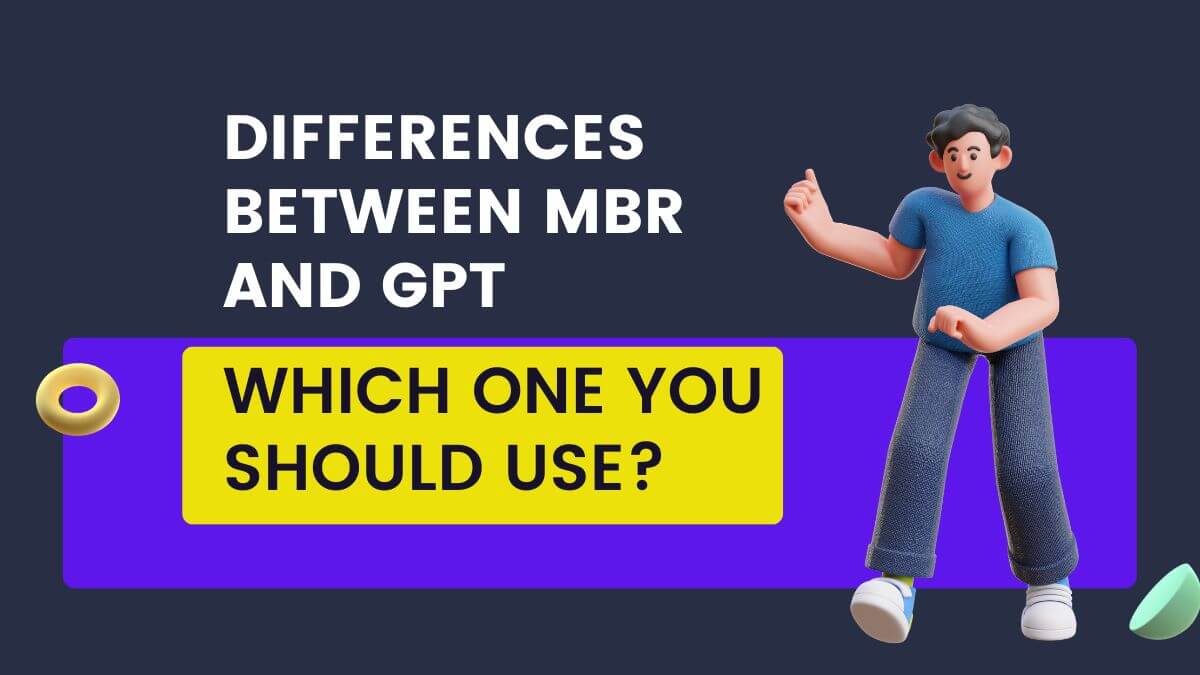How to fix USB not recognised error on Windows 10
If you’re reading this, you’ve probably encountered the dreaded “USB not recognized” error message on your Windows 10 computer.
This can be a frustrating problem to deal with, but luckily there are a few things you can try to get things working again.
This article will examine some practical fixes for the Windows 10 USB not recognised error. These troubleshooting techniques will assist you in resolving the issue and regaining control over your USB devices, regardless of whether you are encountering this issue for the first time or have been struggling with it for some time.
Fixing USB not recognised error
Plugin and Restart
First, try unplugging the USB device from your computer and then plugging it back in. This might seem like a simple solution, but sometimes that’s all it takes to get things working again. If that doesn’t work, try restarting your computer.
Update USB Driver
If those two solutions don’t work, the next thing to try is to update your USB drivers. This can be done by going to the Device Manager (you can search for it in the Start menu). Once there, find the Universal Serial Bus controllers section and click on it to expand it.
Right-click on each item and select “Update Driver Software.” If there are any updates available, they will be downloaded and installed automatically. After updating your USB drivers, restart your computer and see if the problem has been fixed.
Uninstall the Device and Restart the System
If you’re still having trouble, the next thing to try is to uninstall the USB device from your computer. To do this, go back to the Device Manager and expand the Universal Serial Bus controllers section again. Find the USB device you want to remove, right-click on it, and then select “Uninstall.”
Restart your computer and then plug in the USB device again. It should now be reinstalled and working properly.
Reinstall the USB Controller Driver
To reinstall the USB controller driver, restart your computer. Upon restarting, the operating system should automatically identify the missing driver and reinstall it. Alternatively, you can manually install the driver by visiting the manufacturer’s website and following their instructions.
Use Windows Device Manager to Automatically Fix Driver Issues
The Windows Device Manager offers a convenient feature to automatically fix driver issues. In the Device Manager, right-click on the USB controller driver and select “Update Driver.” Choose the option to automatically search for updated drivers online. If a compatible driver is found, it will automatically be installed and may resolve recognition or responsiveness issues.
If you’ve tried all of these solutions and you’re still having problems, it’s possible that there’s something wrong with the USB device itself. In this case, you’ll need to get in touch with the device maker for more help.

